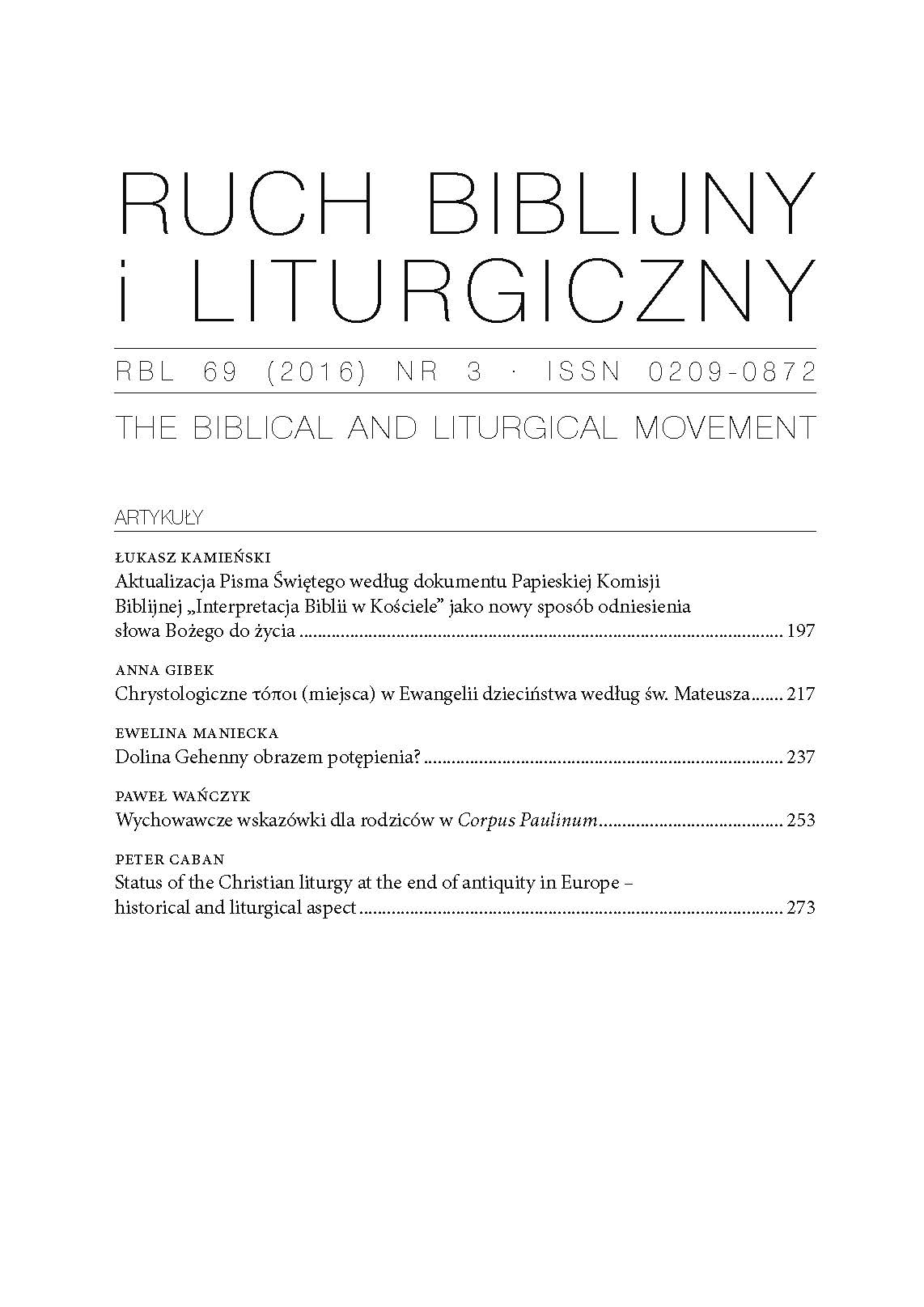Contemporary Catholic Architecture: A Space for the Eucharist in the Cultural Environment
Contemporary Catholic Architecture: A Space for the Eucharist in the Cultural Environment
Author(s): Jan RabiejSubject(s): Christian Theology and Religion
Published by: Polskie Towarzystwo Teologiczne
Keywords: sacred architecture; cultural environment; Eucharist
Summary/Abstract: The phenomenon of Catholic religious architecture results from its integral integration with an evolving cultural context. The proposals of the Second Vatican Council concerning religious buildings emphasize their “openness” to the social dimension of the environment in which they are found. Such a concep-tion of rules referring to religious architecture explains the lack of a rationale for creating an arbitrary ideal or a model for a canonical Catholic church. The architectural diversity of contemporary sacred ensembles in Western Europe, Scandinavia, and the United States reflects the distinct ideological and functional assumptions that respond to the needs, aspirations, and resources of local communities that build them. Analogous conditions determine the architectural uniqueness of Catholic churches in Poland. The dominance of liturgical and social criteria over formal and stylistic criteria in shaping sacred architecture is a source of inspiration in the search for new concepts of “churches for our age.”
Journal: Ruch Biblijny i Liturgiczny
- Issue Year: 71/2018
- Issue No: 3
- Page Range: 221-236
- Page Count: 16
- Language: English

